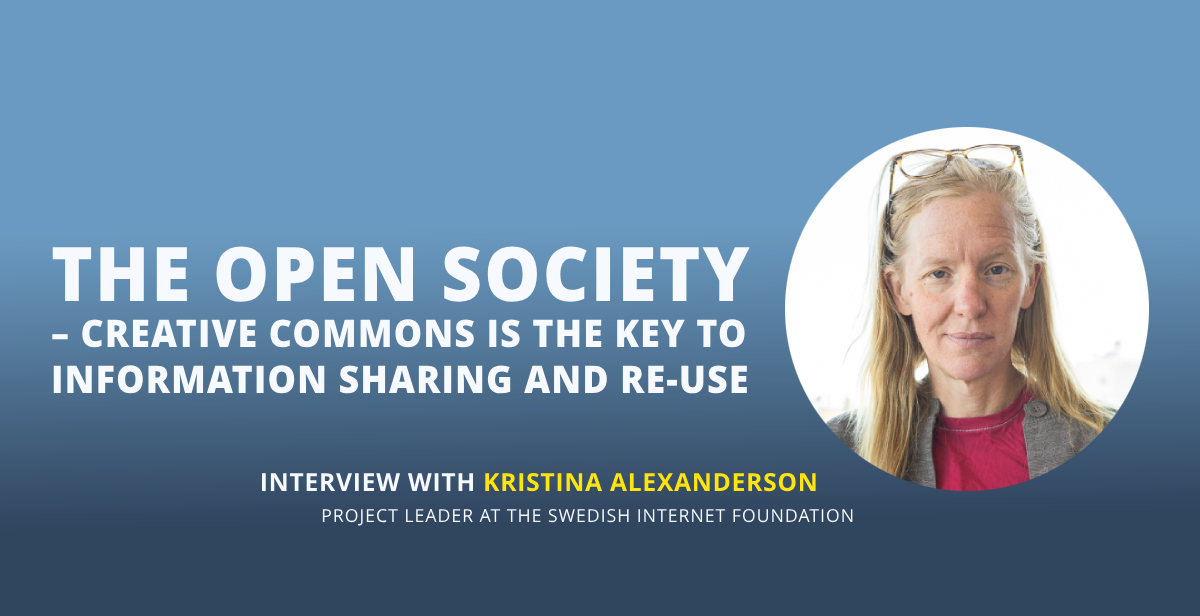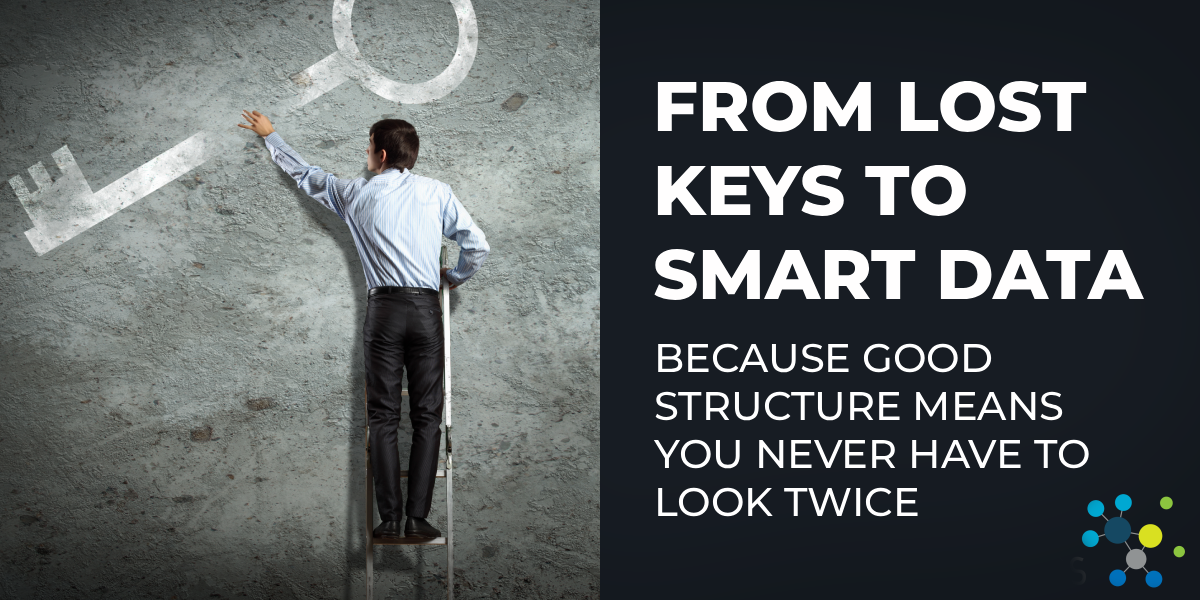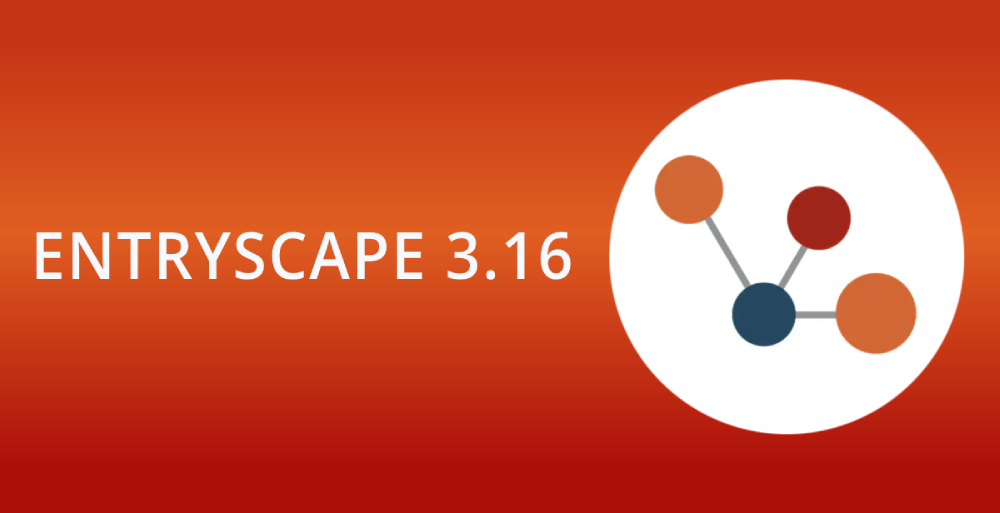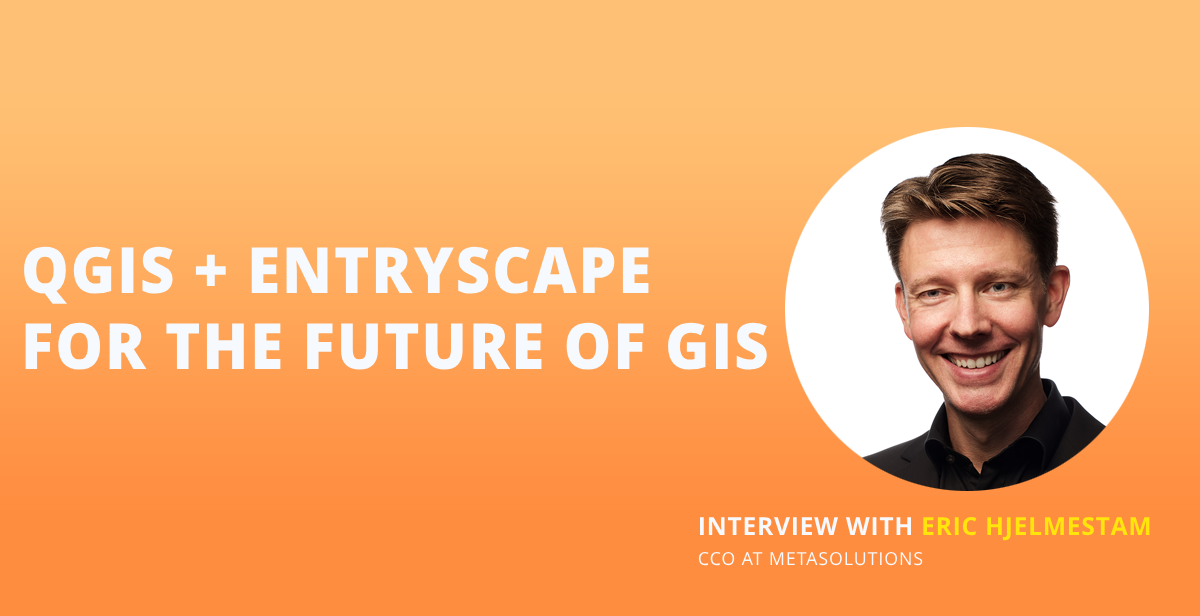Creative Commons licences are an important part of an open society. They make clear how open content of different kinds can be used. Open data can be published under a Creative Commons licence. Kristina Alexanderson from the Swedish Internet Foundation explains how it works and the benefits.
Kristina Alexanderson, project manager at the Swedish Internet Foundation, has a lot of experience working with Creative Commons licences, including as project manager for Creative Commons in Sweden. She emphasises that one of the main goals of Creative Commons is to clarify how copyrighted works can be used, what the user of a work can do, and how authors should be credited. This clarity makes it easier to share and use works that should be freely available in varying degrees.
Do you want to read this text in Swedish? Click here!
Creative Commons is a non-profit, international organisation that has created six different licences that can be used for different types of protected (copyrighted) content. Creative Commons licences can be used for a wide range of content and works, such as articles and other texts (e.g. blog posts), books, plays, films, music, photographs and websites. This applies to works that have reached the threshold of originality.
– Creative Commons licences promote transparency. It makes it clear how a work can be used. It helps create a culture of openness, says Kristina Alexanderson.
A major factor in the popularity of Creative Commons licences is that they are widely used for content made available in the Wikipedia sphere.
– Wikipedia is a big reason for the popularity of Creative Commons licences. The use there is a recognition, says Kristina Alexanderson.
Rules on different levels
The worldwide use of Creative Commons licences makes it easier to deal with differences in legislation between countries. When a work is shared under a Creative Commons licence, the rules set out in the licence apply worldwide.
Recommended reading: Creative Commons promotes open and shared data
There are six different types of Creative Commons licences, each with different terms and conditions, ranging from a licence with essentially no restrictions on how a work can be used, to licences with more stringent requirements. These requirements may relate to how a work can be used, or how the author of a work should be acknowledged (usually referred to as attribution).
– There are different types of Creative Commons licences to reflect different intentions. An example of a condition in one type of licence is that a work cannot be used in commercial contexts, but can be used freely in other contexts, explains Kristina Alexanderson.
Share This Story, Choose Your Platform!
The fewer conditions in a licence, the easier it is to use the licensed work. Having a choice of Creative Commons licences gives flexibility to an author who wants to share a work. The Swedish Agency for Digital Government (Digg) and the Swedish Patent and Registration Office (PRV) recommend that the public sector use Creative Commons Zero (CC0), also known as Public Domain (PDM).
Suitable for open data
Creative Commons licences can also be used for data, either for entire datasets or just for metadata. It is common for Creative Commons licences to be used for open data, such as datasets published on the Swedish Data Portal. This means that it is clear how a dataset can be used.
Find out how You can get started with open data!
Creative Commons licences are not intended for software. Other types of open licences such as GPL, Apache or MIT are more appropriate. Creative Commons licences are largely inspired by the GPL, but Creative Commons licences can be used for software documentation. This makes it possible, for example, for authorities, regions and municipalities to easily and cheaply adapt the documentation from the supplier to their own activities and needs.
In summary, Creative Commons licences can be seen as standards that clarify how different types of copyrighted works and content can be used. This facilitates transparency that benefits society, public administration, businesses and citizens.







